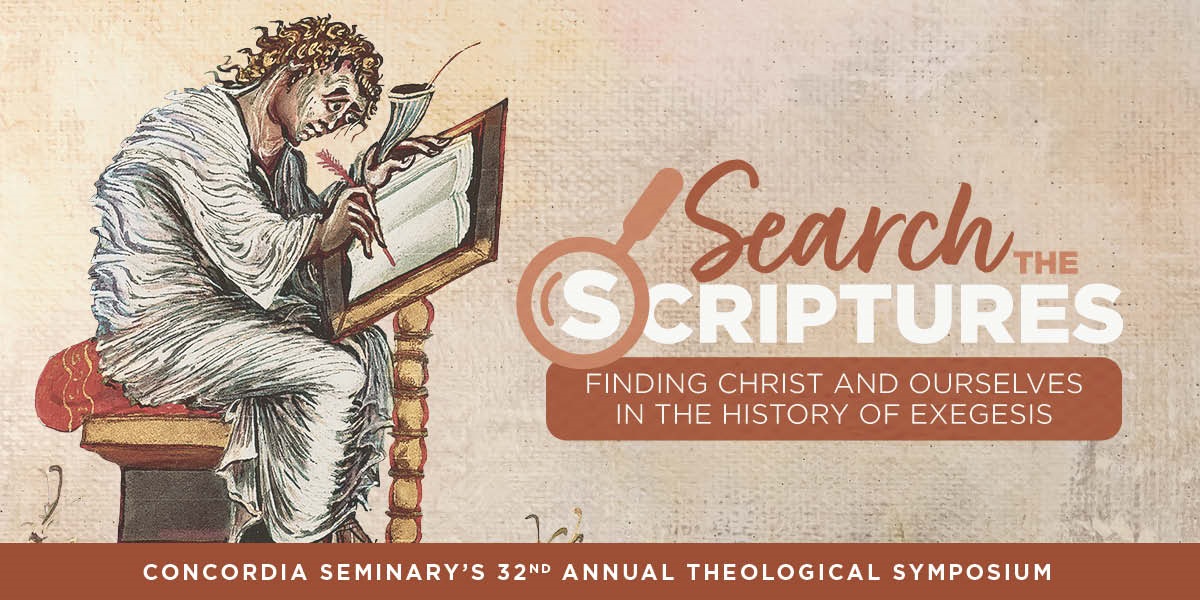Loading...
Keywords
scriptures, love, st. augustine of hippo, faith, sin, sacrament, charity, john chrysostom of antioch, preaching
Description
Hans Boersma and other contemporary scholars describe patristic exegesis as “sacramental,” denoting by this term the fact that beneath the bare, physical, or plain sense of the text lies hidden a spiritual sense. By this view the practice of exegesis is much like looking for buried treasure. From what seems like earthly, mundane material, the Christian teacher reveals precious spiritual insight, heavenly wisdom. This presentation will show how two of the most celebrated preachers of the patristic era approached exegesis sacramentally. While Chrysostom stands squarely in the so-called Antiochene tradition of biblical exegesis, which generally favored literal/historical interpretation, and Augustine in the Alexandrian tradition, which is known for its allegory, we can discern a greater unity between these two traditions when we recognize their common aim of moving beyond the “outward dress” of the Scriptures to their heavenly meaning.
Submission Type
Bible Study; Lecture; Sermon Prep
Submission Topics
Ecclesiology (The Church); Education; Literature and Art; Practical Theology; Preaching and Teaching; Scripture Interpretation; Sin; Worship
Scripture References in this Resource (separated by semi-colons)
John 1:14; 2 Timothy 3:16; Isaiah 55:11; Colossians 3:16; 1 Timothy 5:23; Romans 1:25; 1 Timothy 1:5; 1 John 1:8; 1 John 3:9; John 13:34; 1 Corinthians 13:2; 2 Timothy 3:16-17;
Submission Audience
Laity; Ministers; Scholars
Submission Cost
Free
Treasure Hidden in a Field: Sacramental Exegesis in Augustine of Hippo and John Chrysostom of Antioch
Hans Boersma and other contemporary scholars describe patristic exegesis as “sacramental,” denoting by this term the fact that beneath the bare, physical, or plain sense of the text lies hidden a spiritual sense. By this view the practice of exegesis is much like looking for buried treasure. From what seems like earthly, mundane material, the Christian teacher reveals precious spiritual insight, heavenly wisdom. This presentation will show how two of the most celebrated preachers of the patristic era approached exegesis sacramentally. While Chrysostom stands squarely in the so-called Antiochene tradition of biblical exegesis, which generally favored literal/historical interpretation, and Augustine in the Alexandrian tradition, which is known for its allegory, we can discern a greater unity between these two traditions when we recognize their common aim of moving beyond the “outward dress” of the Scriptures to their heavenly meaning.


